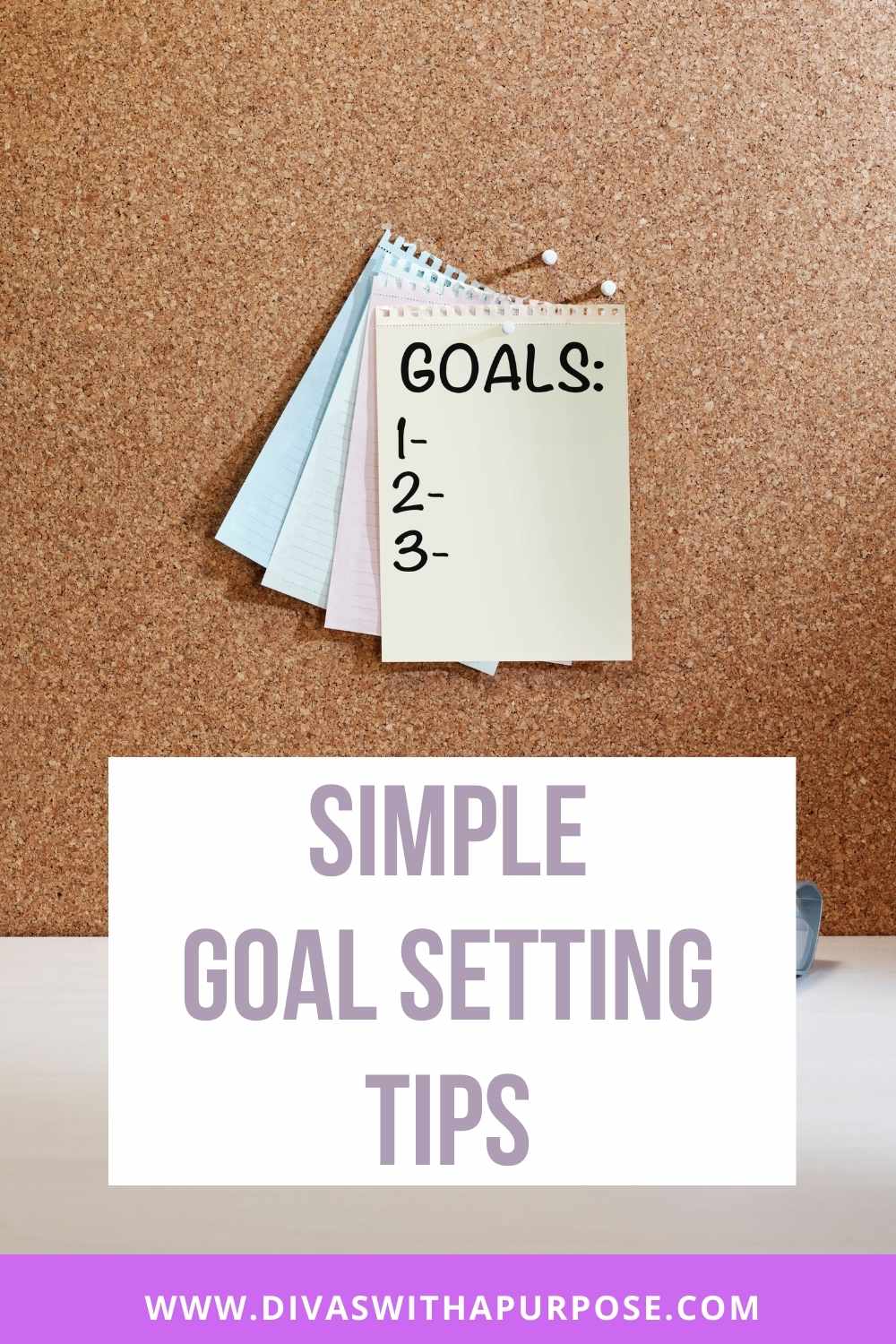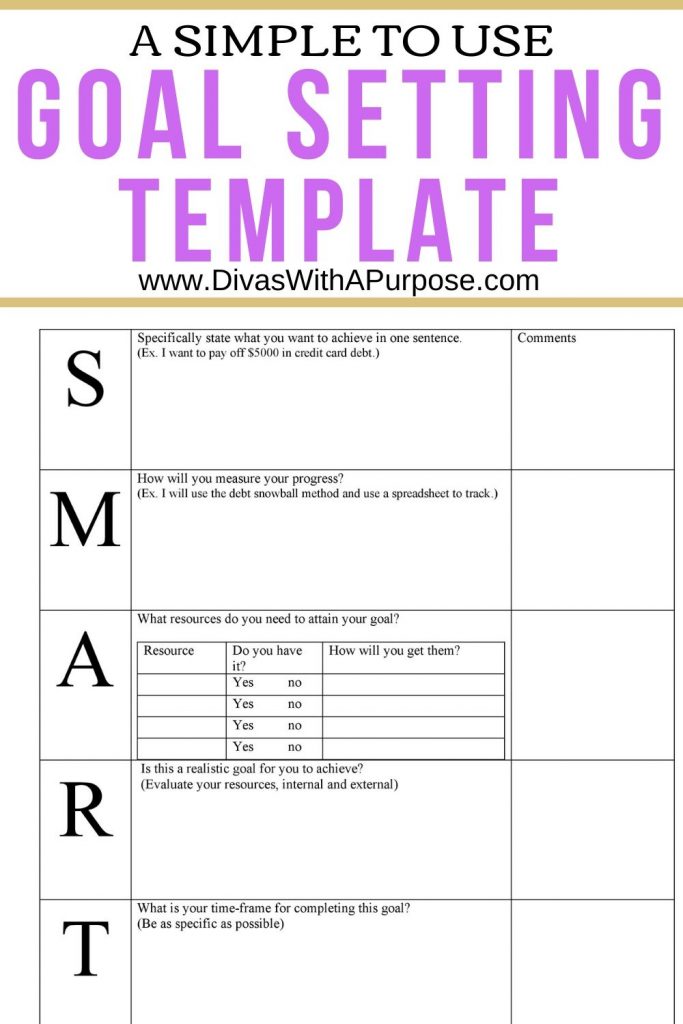Simple Goal Setting Tips
Goals are a necessary part of achieving success in life. They provide us with a clear path to follow, and they help us stay focused on our goals.
Setting goals properly is a crucial part of making your dreams come true. It’s not only about science, but also the art. If you don’t do goal setting right, you might find it hard to achieve your goals. But if you do it right, there is no limit to how much success you can reach.

How to Set Your Goals
Setting goals is a crucial process that helps you achieve your desired outcomes. But it is not an easy task and can be challenging to do.
Here are some tips on how to set your goals:
Define what you want and why you want it.
The main goal of setting a goal is to have a target to aim for. It is important to figure out what you want and why you want the goal, so that your motivation doesn’t dwindle.
Create “right-size” goals.
Goals need to be large enough to challenge you, but not so large that they overwhelm you. This means you need to break your goals down into smaller, more manageable “subgoals.”
Keep the larger goal in mind as you break it down into intermediate goals, but know that there’s no such thing as “too small” of a goal. Just about anything counts. Rome wasn’t built in a day, and you’re not going to make your dreams come true in a single day either!
Create SMART goals, as needed.
Write down the goal in an actionable statement, for example: “I want to lose weight so I can live healthier.”
Make sure your goal is specific, measurable, achievable, realistic and timely (SMART).
Be patient with yourself and celebrate small victories as they come up!

Free Goal Setting Template
Download the Goal Setting Template PDF here
(no opt-in required)
Make sure you can reach the goal in a reasonable time period.
Goals that take too long to reach are disheartening. It’s difficult to maintain motivation over a long time!
If your goal takes longer than 6 months to a year to reach, you may need to break it down into smaller goals with shorter time horizons. Again, there’s almost no such thing as a goal that’s too small!
Will you know when you’ve reached the goal?
Your goal should be clear and easy to distinguish from the background noise of everyday life. There should be a firm marker that says you’ve reached it, such as no longer having to pay the credit card bill every month, moving into the new house, starting the new job, etc.
Make sure you can reach the goal.
That is, is it something reasonable? It’s fine to have large, long-term goals, but they need to be broken down into smaller steps. It’s a long way from the first day of college to sitting on the Supreme Court. You also need to make sure your goals are not unreasonable or unlikely to happen.
For example, you’re probably never going to make the U.S. Olympics Gymnastics team if you’re just taking up the sport at 40. It’s equally unlikely that you’ll be the next person on the moon.
If you follow these tips when setting your goals, you’ll not only reach them faster, but you’re less likely to encounter resistance that will slow you down and make it hard for you to act.
What is the Best Way to Achieve my Goals?
The best way to achieve your goals is to define them clearly and concisely. This will help you stay on track, and it will also ensure that you are not just giving up halfway through.
Defining your goals is the first step in the process, but it doesn’t end there. You need to set small milestones on the path that leads to your goal, and you need to break these milestones into manageable chunks so they don’t seem so daunting.
This will give you a sense of accomplishment as you work towards your goal, and it will also keep things interesting along the way.
Types of Goals You Can Set For Yourself
Setting goals is an important step in achieving one’s ambitions. Goals can be divided into 3 categories: short-term, mid-term and long-term.
Short-term goals are those completed within a year, as they are the easiest to accomplish.
Mid-term goals may take 2 or more years to complete and achieve, but these goals should be set to reach the long-term goals.
Long-term goals require a lot of time to complete, but are often the most rewarding.
No matter the length of time you’ll be working on your goals, there are many types of goals that you can set for yourself. Examples include:
- Personal Goals: These are goals that typically revolve around the individual and their personal life.
- Business Goals: These are goals that typically revolve around a company or business and their growth.
- Team Goals: These are goals that typically revolve around the team and how they want to grow together.
- Community Goals: These are goals that typically revolve around a community or society, and how they want to grow together.

Michelle D. Garrett is the founder of Divas With A Purpose.
She focuses on sharing resources for being purposely productive; setting personal and professional goals and achieving them through daily action; and successfully running a business while focusing on your mental health. Michelle is a full-time entrepreneur who specializes in teaching female entrepreneurs how to show up consistently in their business – online and off.
